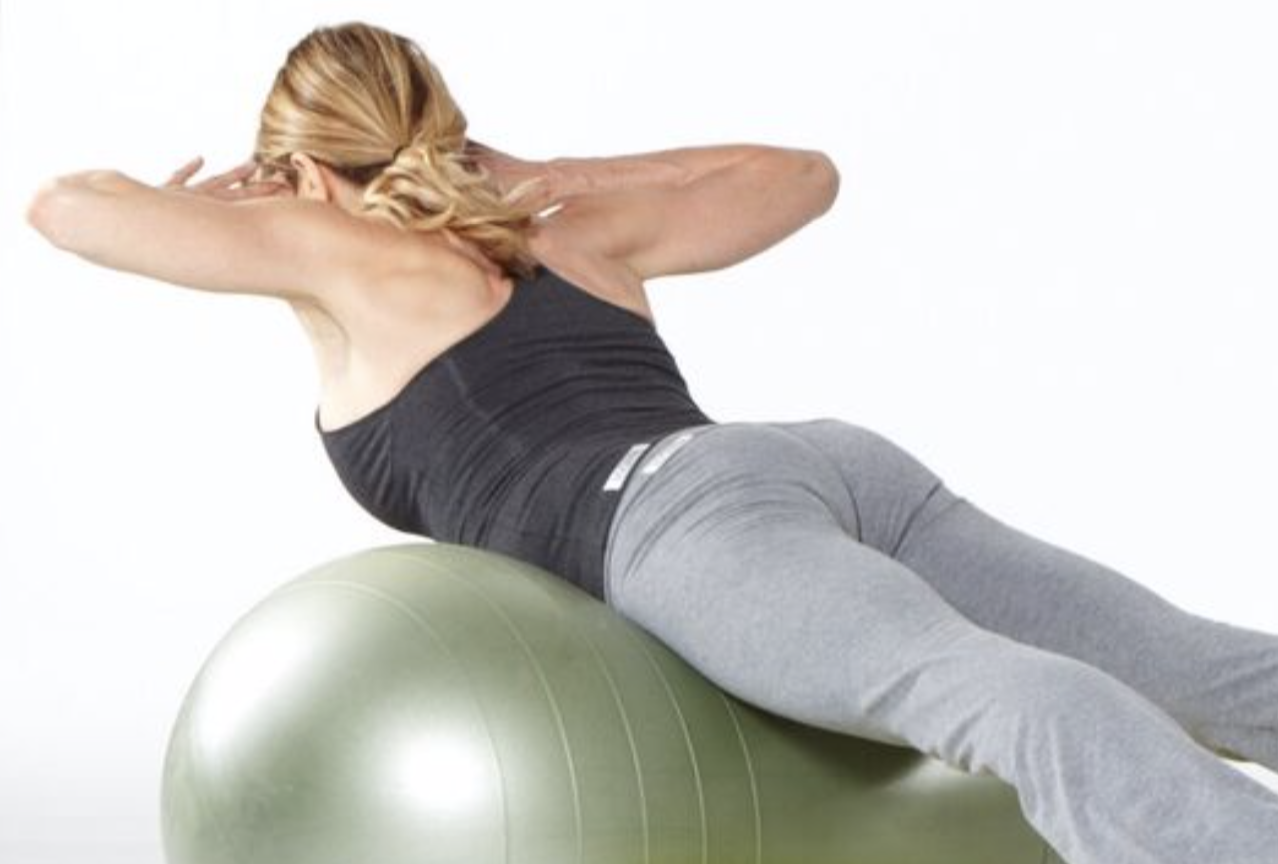Sitting is the new smoking. But recent evidence suggests that running is the new sitting. So if you hate running, you may be in luck. The Journal of the American College of Cardiology found that people who regularly run at a pace faster than 7 mph have the same risk of death as sedentary individuals. Along with this surprising news comes more confirmation that moving at a gentler pace (ahem…walking) remains one of the best exercises as you age for your health and longevity.
Moderation is a typical fitness mantra, and it turns out that’s especially true with running. Intense runners who log multiple miles at a fast pace are causing the chambers of their hearts to stretch, leading to a chain reaction that includes the rise of free radicals, adrenaline and inflammation in the coronary arteries. Inflammation and increased free radicals are also seen in people who lead a sedentary lifestyle.
The more you sit or run, the more permanent damage you can do to your heart, accelerating the aging process. But walking is a happy medium that requires no special equipment and that can be done just about anywhere – indoors or out – without any of the risks of hard core running. And you can easily increase the intensity of a walking working to boost the calorie burn while strengthening your heart.
If you’re looking for heart-healthy benefits, a brisk 30- to 45-minute walk five days a week is just what the cardiologist ordered. Simply adding walking to your week will reduce your overall risk of death by 25%.
Study after study shows that walking makes a greater impact on your health and longevity than running. Almost without exception, walking does a better job than running of reducing your risk for high blood pressure, high cholesterol, diabetes and heart disease. And it does it without side effects or a high risk of injury.
If training for and running a 5K on your bucket list, don’t scrap your goals. I’ve experienced the joy and triumph from running a marathon, and I encourage anybody to strive for that euphoric feeling of a finish line. Just keep the M-word (moderation) in mind. Most race training schedules include walking, strength training and days off. Honoring your body as you work toward a goal ensures that you’re improving your health, not making it worse.
Keep lacing up your shoes and logging the miles – just not too many and not too hard!






